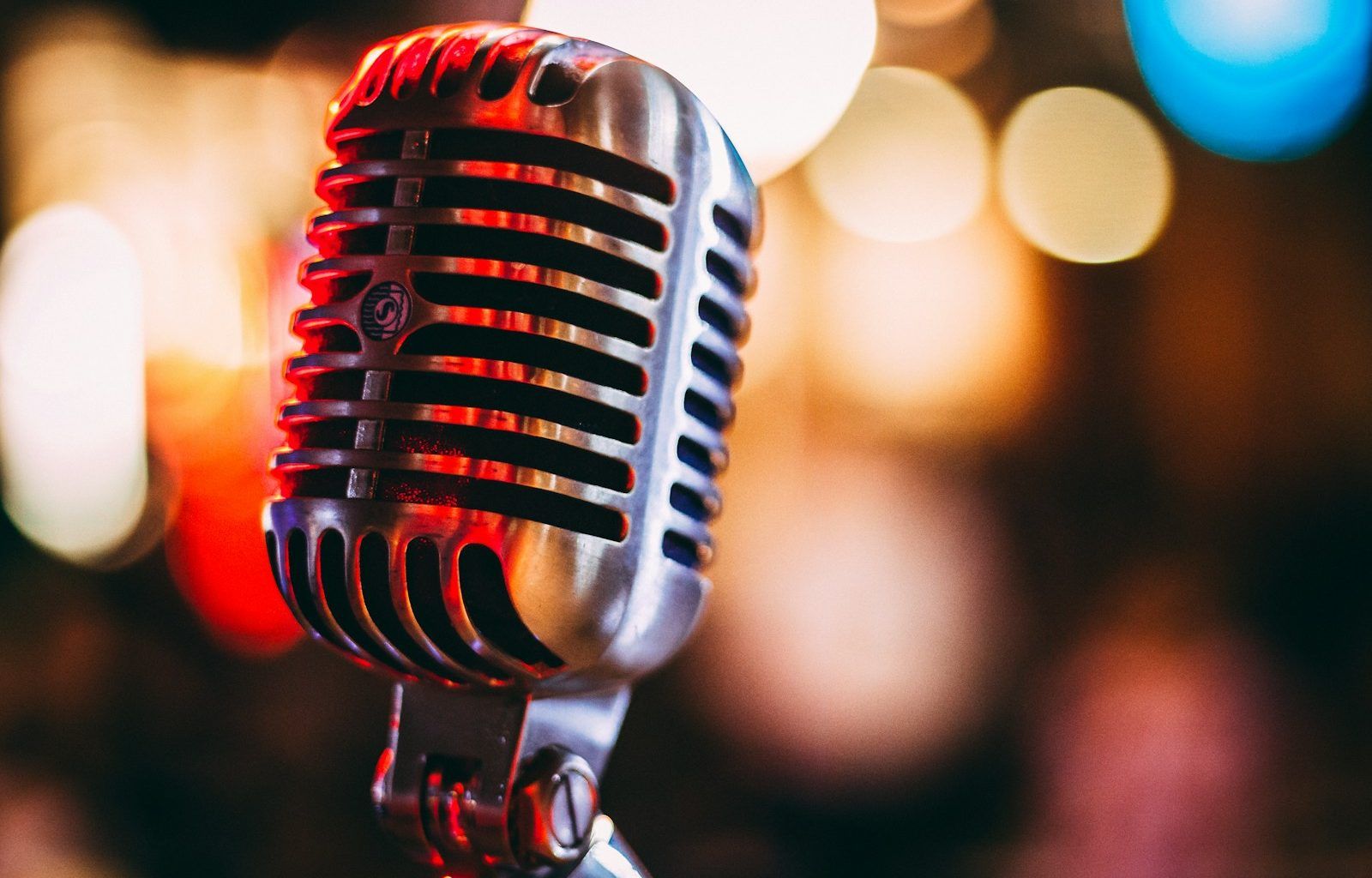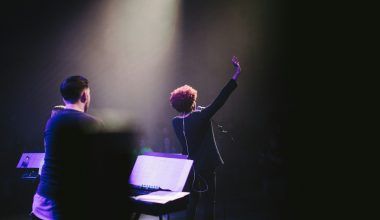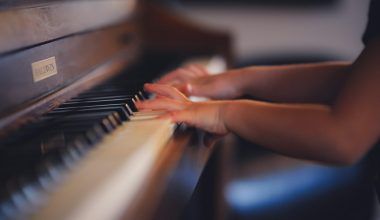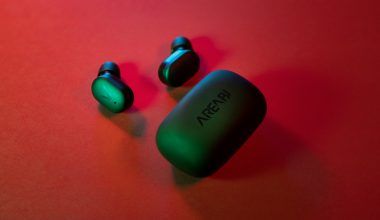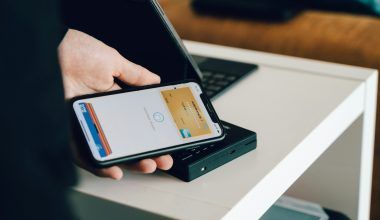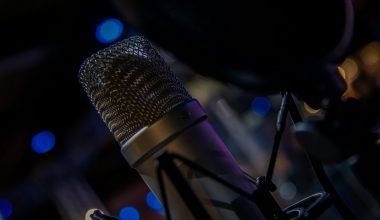Are you dreaming of having your own music studio but not sure where to begin? Setting up a music studio can feel overwhelming, but with the right approach and a few clever ideas, you can create a space that’s not only functional but also inspiring. Whether you’re a professional producer, a hobbyist musician, or just someone who loves sound, there are plenty of music studio setup ideas to make your vision a reality. Let’s dive in and explore how to create your perfect studio.
Start with the Basics
Before diving into the exciting details, it’s important to cover the basics. First, decide on the purpose of your music studio. Will it be for recording, mixing, or mastering? Maybe all three? Understanding your goals will guide your setup decisions. Once you’re clear, consider the space. A dedicated room is ideal, but you can transform a corner of your home if needed. The key is to pick a spot that minimizes outside noise and distractions.
Now, let’s talk about gear. While it’s tempting to buy everything at once, start with essential equipment. A good computer, an audio interface, studio monitors, and a microphone are the foundation of any music studio. If you’re unsure which brands or models to choose, do some research or visit a local music store for recommendations.
Optimize Your Acoustics
One of the most critical aspects of a music studio is the acoustics. No matter how expensive your gear is, poor acoustics can ruin the quality of your recordings. Start by addressing any major issues with sound reflection and absorption. You can achieve this with acoustic panels, bass traps, and diffusers. If you’re on a budget, DIY options like heavy curtains, rugs, or bookshelves filled with books can help.
Positioning your studio monitors correctly is also essential. Place them at ear level and in an equilateral triangle with your listening position for the best sound. This simple adjustment can make a world of difference.
Invest in Comfortable Furniture
Creating music often means spending hours in your studio. That’s why comfortable furniture is a must. Invest in an ergonomic chair that provides good back support. A sturdy desk with enough space for your gear and computer is also important. If your space allows, consider adding a small couch or armchair for guests or to relax during breaks.
Choose the Right Lighting
Lighting plays a big role in setting the mood of your studio. Bright, harsh lights can be distracting, while dim, warm lighting can foster creativity. Use LED strips, desk lamps, or smart bulbs to create an ambiance that suits your vibe. If possible, make use of natural light during the day but ensure you can block it out if needed for late-night sessions.
Personalize Your Space
Your studio should feel like an extension of your personality. Add some personal touches like posters of your favorite artists, artwork, or memorabilia. Plants can also bring life and energy into the space. Don’t be afraid to experiment with colors and textures that make you feel inspired.
Cable Management is Key
Cables can quickly become a nightmare in a music studio. To keep things tidy and functional, invest in cable organizers, clips, and Velcro straps. Label your cables so you can easily identify them, and consider running them along walls or under a desk to keep them out of the way.
Expand Your Gear Gradually
As you grow more confident in your skills, you’ll naturally want to expand your setup. Maybe you’ll want a MIDI keyboard, drum machine, or additional microphones. Prioritize the gear that aligns with your goals and upgrade when you’re ready. Remember, a well-thought-out purchase is always better than impulsively buying something you may not need.
Embrace Technology
Modern technology offers countless tools to enhance your music studio. Consider using software like digital audio workstations (DAWs) to record and edit your music. Plugins can add effects, virtual instruments, and more to your setup. Explore apps and tools that help with productivity and organization, like setting up a project management system for your recordings.
Create a Workflow-Friendly Layout
The layout of your studio can impact your creativity and productivity. Keep frequently used items within arm’s reach, and arrange your gear in a way that feels intuitive. For example, your computer and audio interface should be easily accessible, while less-used items can be stored further away.
Test and Adjust
Once your studio is set up, spend some time testing it out. Record a few tracks, music studio setup ideas experiment with your gear, and listen to how the acoustics perform. Don’t be afraid to tweak things until it feels just right. Setting up a music studio is an evolving process, so embrace the journey.
Stay Inspired
Lastly, remember that your studio is a creative sanctuary. Keep it clean and organized to maintain a positive environment. Surround yourself with things that inspire you, whether it’s music, books, or artwork. And most importantly, have fun! Creating music should be an enjoyable experience, and your studio is a big part of that.
By following these music studio setup ideas, you’ll be well on your way to building a space that brings your musical dreams to life. Now it’s time to get started and make some magic!
Related Articles:
For further reading, explore these related articles:
- All the Good Girls Go to Hell Lyrics: An Easy Guide to Billie Eilish’s Famous Song
- Donna Summer: The Queen of Disco Who Changed Music Forever
For additional resources on music marketing and distribution, visit DMT RECORDS PRIVATE LIMITED.
